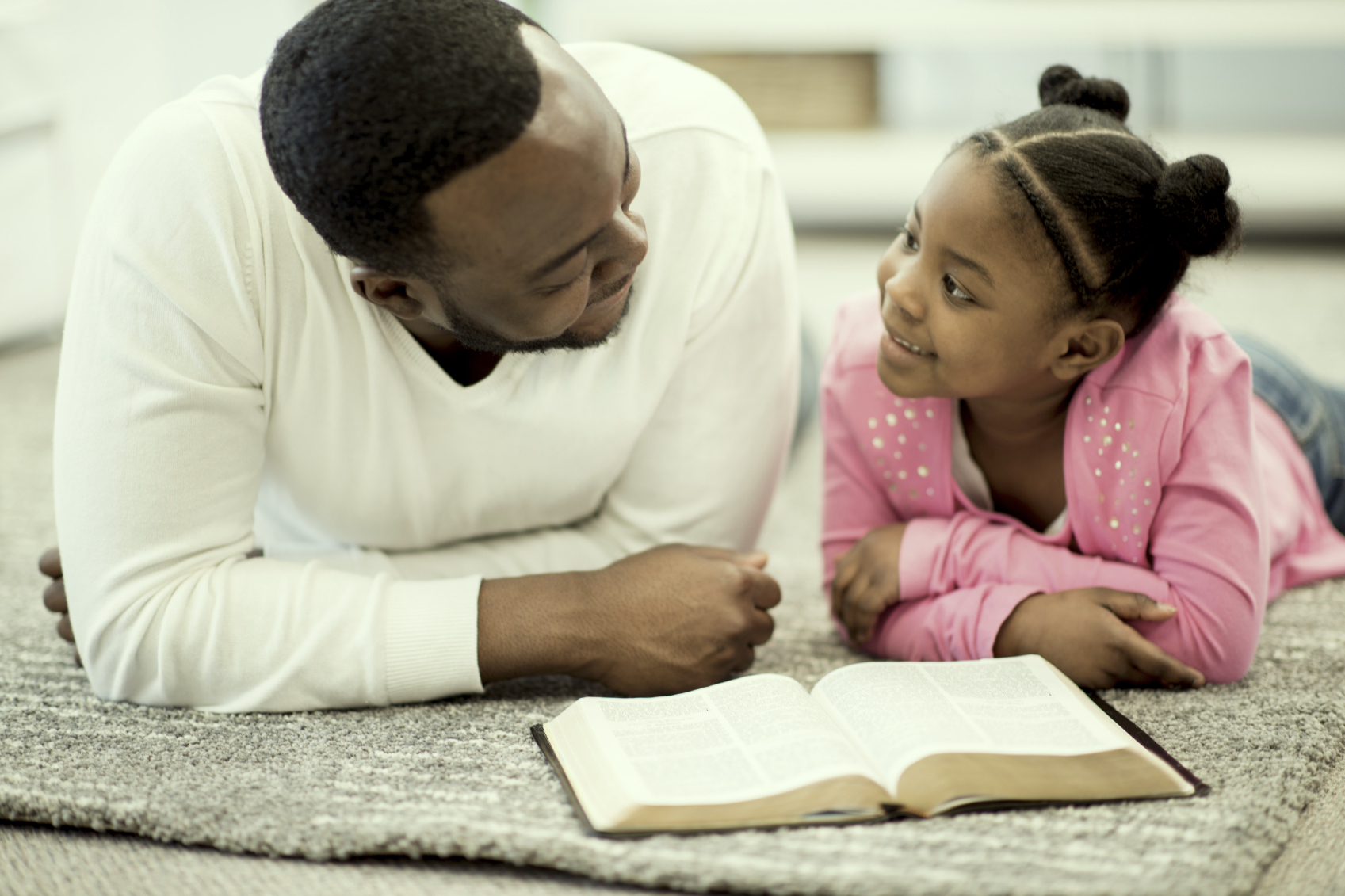The Bible, even though we tend to refer to it as “a book,” is really a library of books. And like any library there are different kinds of books which need to be understood in different ways.
First, it’s good to know that not all Bibles are created equal. The bishops of the United States have a list of approved Bible versions and translations. You can find that list here.
Second, you may notice that the Catholic Bible differs slightly from the Bible your Protestant friends use. Our Bible actually has more books! The reason for this is that those books (referred to as the Apocrypha), were left out of the King James’ version of the Bible in the 1800s as many Protestant scholars felt they were unimportant and/or uninspired. Those books are Tobit, Judith, Wisdom, Sirach, Baruch, I and II Maccabees – plus sections of Esther and Daniel.
Catholics believe that humans wrote the Bible, but all of it is inspired by God. God did not magically move the hand of those who wrote the Bible, nor did He appear to Biblical writers and dictate to them what should be written. Instead, we believe that God guided the hearts, minds and souls of those who wrote this holy book.
Our Bible is separated into two large sections: the Old Testament (of the Jewish Scripture) and the New Testament (the Christian Scripture). These two collections of books tell the story of salvation history: how God, since the beginning of time, has loved us and sought to save us from sin and death.
Some books, like Genesis, tell in story form, the beginnings of humanity, and how God chose the Jews to be His people through the establishment of a covenant. Other books, like the Psalms, are poetry and song, meant to be used as praise and worship of God.
The prophets of the Old Testament, like Isaiah, warn the Jewish people away from sin that alienates them from God, but they also foretell of the Savior promised to humanity by God.
The New Testament begins with the four Gospels: the incredible story of Christ. (Please understand: when the word “story” is used, we are not saying this is fictional. It merely means that these parts of the Bible are written in story form, with a beginning, middle and end.) The New Testament also contains the Acts of the Apostles, which tells of the events following Christ’s Resurrection and of the early Church. In addition, the letters of St. Paul and St. Peter (John and Jude as well) reach out to the young Church, instructing them (and us!) in the faith. The final book of the Bible is the book of Revelation, a piece of apocalyptic literature. It tells of the end of time (for Earth, but not for God, as God exists outside of time) using symbols, signs and language that often seem strange and even frightening. However, the real message of the book of Revelation is that God never ceases to be God: He is always in control.
Catholics are blessed; if one reads the daily Mass readings (or better yet, attends daily Mass), one will read or hear proclaimed almost the entire Bible in the three-year cycle the Church has laid out for us. This library of books spans centuries of belief by our ancestors in faith, both Jew and Christian. It is a legacy we must always cherish.
